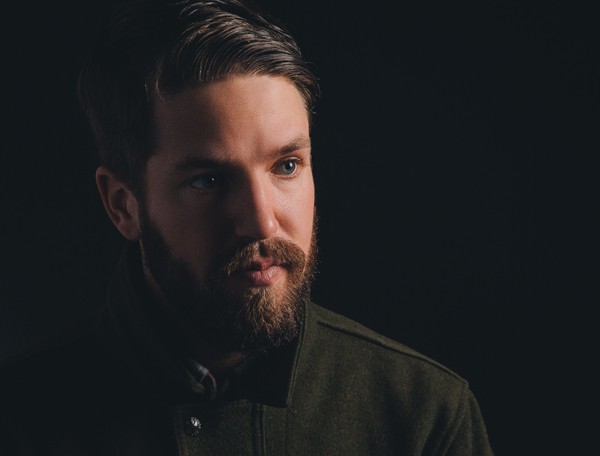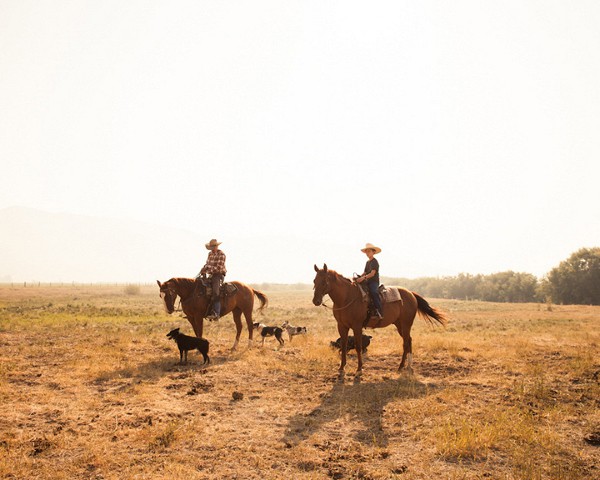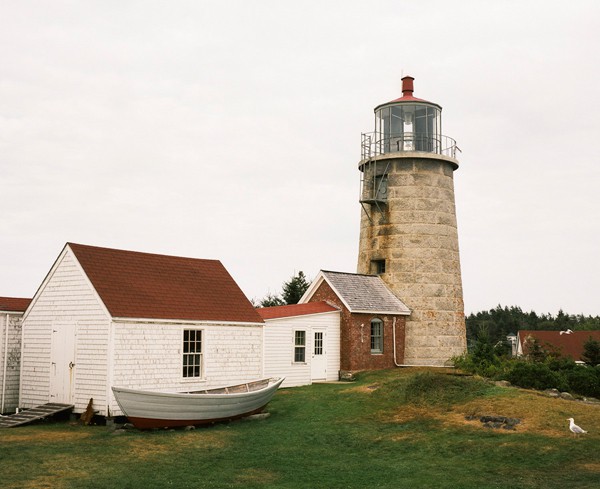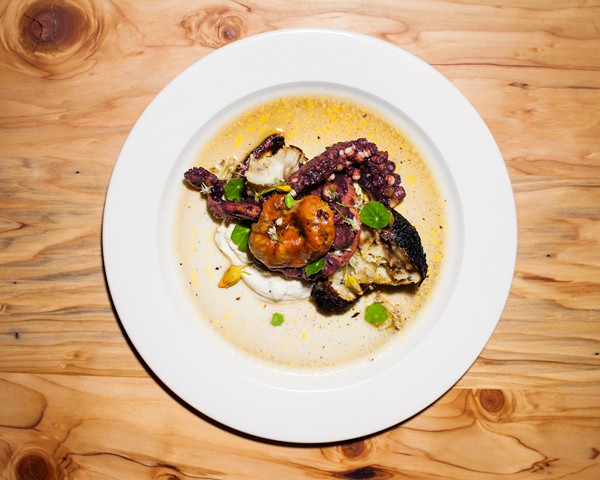Share
What You Need To Know Your First Year as a Freelance Photographer
This interview with photographer Kyle Johnson originally appeared in our free downloadable guide, The Ultimate Guide to Starting Your Photography ...
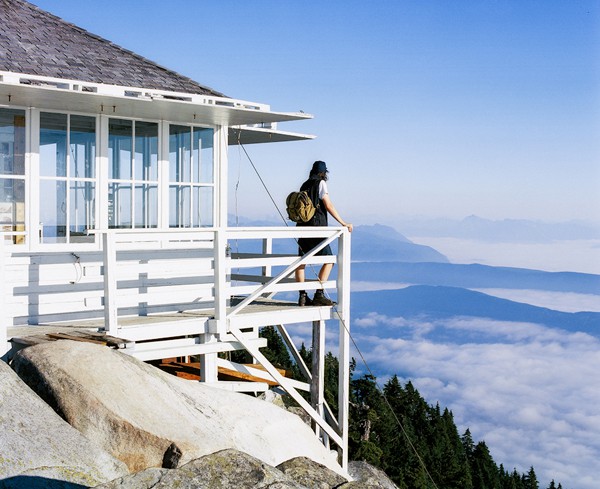
This interview with photographer Kyle Johnson originally appeared in our free downloadable guide, The Ultimate Guide to Starting Your Photography Business.
Fresh out of college, Kyle Johnson thought he’d wanted a career in what he’d majored in: video editing. But after a year in a corporate editing job, the Seattleite became bored and quit to work at a coffee shop. He started shooting pictures of friends’ bands on the side, and realized photography was a better fit for him. In 2010, he’d found enough local photography work to quit the coffee shop job and focus on a freelance career. Almost immediately, Johnson set his sights on securing national clients, and today his portfolio now includes a mixture of outdoor, lifestyle, travel and food shots for Bloomberg Businessweek, Filson, Martha Stewart Living, The New York Times Magazine, Wallpaper*, Conde Nast Traveler, Bon Appetit, LL Bean, Nordstrom and more.
Once you decided to focus on a freelance photography career, how did you start getting bigger, national clients?
Networking with peers on Tumblr was actually a big help. I met a few people online, but then I ended up meeting most of them at different times when I’ve been in their cities or they’ve been in my city. I would talk to them about how they send promos or do meetings in New York. After about a year of just staying in Seattle, I went to New York and did my first round of portfolio meetings. Even though that book was mostly all personal work, I think that was really helpful in showing that I could do it and that people actually wanted to sit down and talk about my work and give me a shot if something comes up in the Northwest.
How did you set up those meetings?
I would literally just take photos with my cell phone of mastheads at the convenience store and then slowly try to Google the company to figure out what their e-mail structure was. Then one of my colleagues I’d met on Tumblr was willing to send an e-mail introduction to a couple of his more trusted contacts. I would attach a small PDF of work and just hope to hear back. Some people I didn’t hear back from, and some I did. When you get more established, more people will give you a chance, but at first it was literally just like hunting down all those e-mails and trying.
What came from those meetings? Did you get any assignments?
Yeah. That was actually one of the biggest encouraging things that kept me going that first year. A week after meeting with Bloomberg Businessweek, a photo editor there gave me an assignment. It was actually all the way in Idaho. It was a nine-hour drive, but that’s one thing that’s kind of an advantage for me in the Northwest. People think it’s all one big area. I’m not opposed to traveling and I enjoy it, so if I got chosen for a job outside of Seattle, of course I was going to do it, especially when I was really fresh and hungry for work.
That was the first big assignment that I got from a photo editor meeting, and then a few more trickled in after a few months. Sometimes you don’t hear from someone for a year, but then you randomly hear from them.
How did you get your first few local clients? Did you work for free at all?
Not for free, but not for great money. It’s surprising how little some of the local magazines would get away with paying. One of my first assignments was from just literally e-mailing the art director. Then one of them was from a friend that ended up suggesting me because he worked there as a graphic designer. He showed them a couple of my things, and they gave me a shot for one assignment.
How did you stay financially stable while starting your freelance business? Did you keep a job on the side?
When I made the commitment to quit the coffee shop job, I started working full time on photography. Once you make the leap to do it, it’s a sink or swim kind of thing. I would just be careful with my money and make sure I set enough aside for rent and bills and then from there, the harder you work, the more you get. I focused on hitting that goal of rent every month, and then once I hit that, planned on getting more work instead of dwelling on the money. I would do a random pet shoot or a couple of weddings or whatever it was that I had to do in those first years to make sure I got by, but I never worked on another job once I made the commitment to not do that.
What are tips for pitching a new client?
Before you send anything, you’ve got to keep in mind that they are busy people. You’ve really got to hone your request and structure your introduction and pick a few choice pictures that fit the style of the publication or client. Visualize what you’re sending. Does it make sense for that client? Make sure it’s concise and clever and then get their eyes on your website and make sure it shows them that you can do the work.
I also like to make my emails a little bit humorous or a little bit more memorable than just a dry e-mail. I also do physical promos. You might not hear back for a year or two, but I think people keep them and people look at them. I think that’s a good option, too, to show how your work actually prints.
What other kinds of self-promotion do you do?
I keep about four things constantly updated: Tumblr, my printed portfolio, Instagram, and physical promos.
I feel somewhat conflicted about it, but I feel like Instagram and Tumblr and all these things have definite advantages for certain reasons. Flooding your Instagram with professional photos that you’ve taken is not a good way to go about it, but every now and then you can put one in that you’re really proud of. But I think just having a general, clever eye on the world is helpful. If you can show that you can do a good job documenting your day-to-day life, that’s also a way to get people to look at your other work. The newer, younger photo editors I’ve been meeting seem like they’re just really into photography and they follow what’s happening on Tumblr and Instagram—it’s a community.
I think blogging, whether it’s Tumblr or whatever else, is very important because most photo editors I know look at your site, but they also want to see what you’ve actually been up to. I think having a consistently updated blog is important to show them that you’re excited about what you do and that you’re not just sitting on the same portfolio for a year.
What do you do for physical promotions?
I always will do a postcard at a bare minimum, but I try to make it a little more elaborate when I have the funds or have a project that warrants it. I recently tried a new format that opens up a bit larger and has more content. I think something a little more elaborate shows that you’re putting a little more effort into it.
Who do you send those to?
I try to send to people that I have met in person with a personalized note. Otherwise, I send them to photo editors who I haven’t met, art buyers, designers, creative directors and art directors—people who could potentially use me in a project.
You’ve been with an agent for a few years now. Why did you decide to go with an agent?
It happened pretty organically. A friend of mine was friends with a photo rep who had just moved to Seattle. I think having a smaller rep has been an advantage because we’ve all been working harder and pursuing the jobs that we want actually. In my experience, it seems like most of the advertising agencies want to deal with the reps, so that can be challenging for a starting photographer. But most of the magazine people don’t want to deal with a rep. They want to meet me directly.
Since you started this business, have you made any mistakes along the way that you think people could learn from?
I think the biggest thing is don’t forget any tax stuff. It’s definitely a hard thing if you’re not used to doing it. Most people I know that are freelance had a year of struggling to figure that out. You’re used to working your nine to five and getting all this money back at the end of the year, but with freelance you get the money in chunks and waves. So you’re not saving as much sometimes, especially when you’re starting out. Then at the end of the year you’re realizing that, “Oh yeah, I owe taxes on all that money.”
When you start getting into commercial work and jobs that are a lot bigger, paying quarterly taxes and estimated payments is super helpful so you’re not scrambling at the end of the year.
The other mistake I made at first was not editing down my work enough. When I went to New York, I thought I had to show them that I can do studio shots and this and that. I think that actually is a disadvantage because you’re not showing that you can do things really well; you’re just showing you can do a lot of things. They don’t really see your work living in a certain place because it just seems all over the place.
It seemed the second I toned it down and had a very concise, tight edit, I got more work. I think it’s helpful to show them a vision and where you actually want your work to be living. They can ask you, “Oh, can you shoot on a beam lifter? Can you do strobes?” But if that’s not the work that you want to show, then don’t show it. Otherwise you might get a bunch of assignments that you’re not even that excited about.
Do you have any other specific do’s or don’ts for new photogs?
A lot of people think they have to go to a big city to make it as a photographer, but I think it’s helped me to stay here in Seattle. I think if you’re in a smaller city that still has a cool thing going on, you should not be afraid to own that and be the person out there who is working hard and pounding the pavement. I’ve seen a great amount of success from a lot of my peers who are in similar, smaller, big cities like Colorado or Chicago or Portland. Now I’m actually getting quite a bit more traveling work. If you hold your ground and show these companies that you can perform in your own city, some- times they’re not afraid to give you a shot somewhere else. You just have to pay your dues.
This interview was originally published in PhotoShelter’s The Ultimate Guide to Starting Your Photography Business which you can download for free, here!
